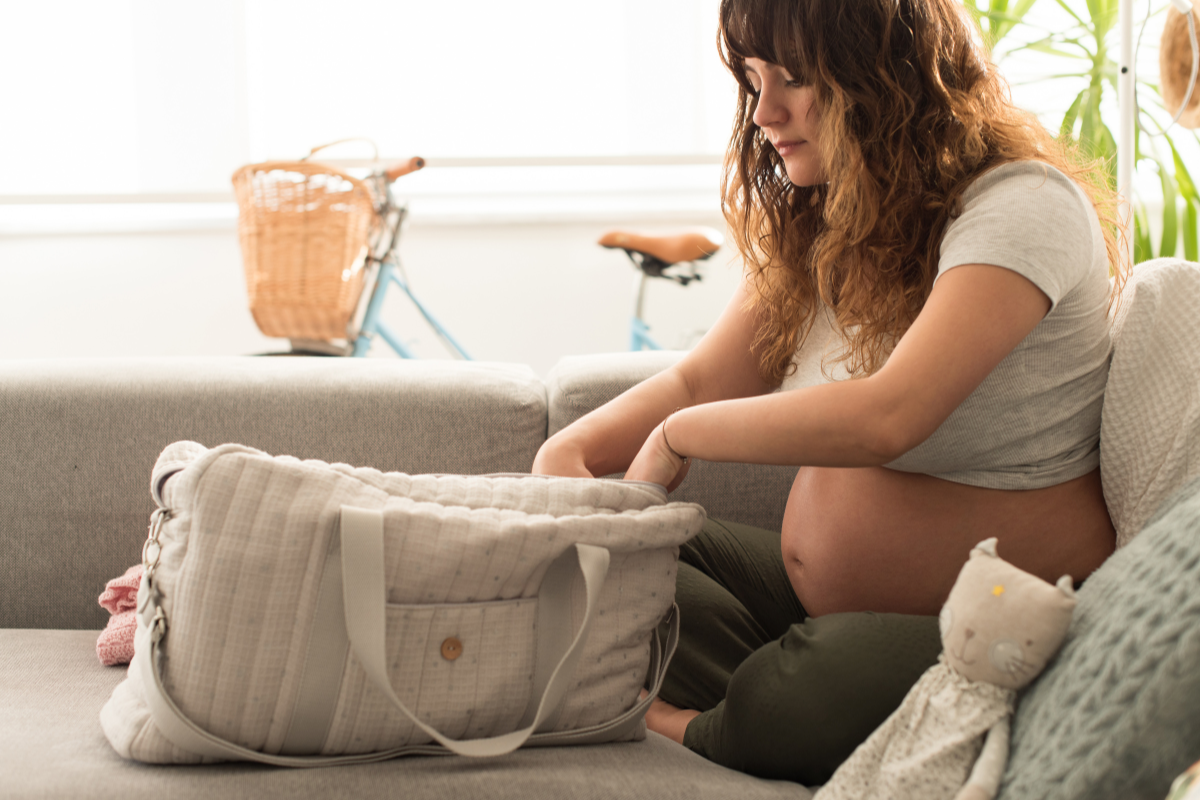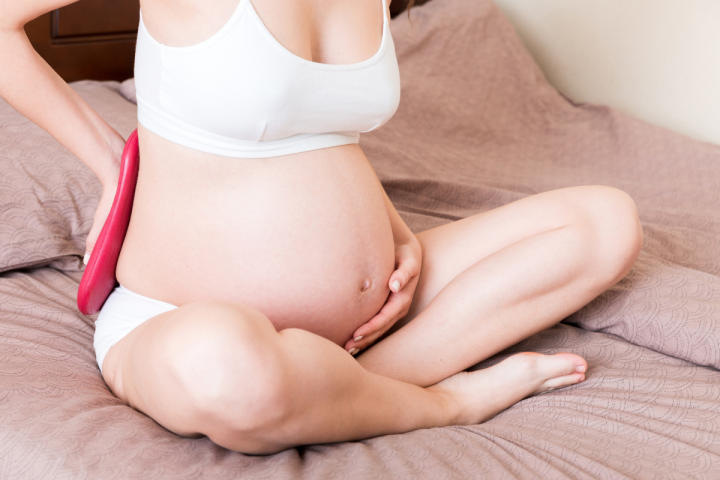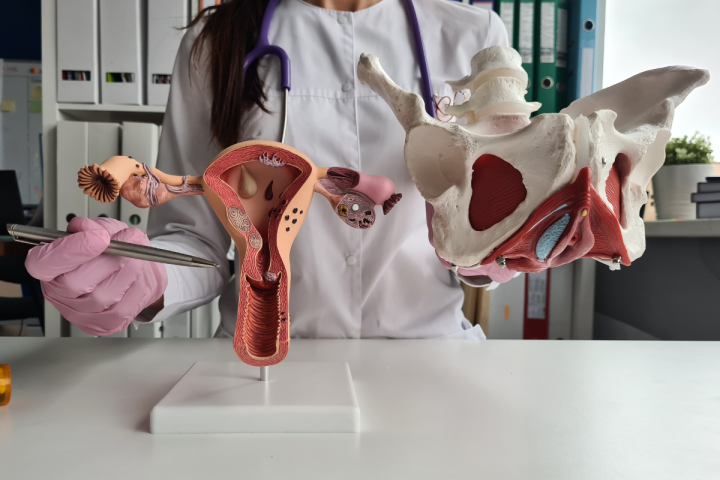More and more mothers-to-be are opting for a visit to a physiotherapist in preparation for childbirth. This is understandable, as physiotherapy during pregnancy is excellent for safely treating the most common ailments. Such as back pain, pubic conjunctival pain or swelling in the legs. However, visiting a physiotherapist before giving birth is an excellent idea! It helps to create good conditions in the body for the developing uterus and prepares for the birth itself. A woman's body undergoes many changes during pregnancy, which puts a lot of strain on all tissues. Therefore, it is worth taking steps to support the body during this beautiful, but also demanding time! Find out what other benefits physiotherapy brings in preparation for childbirth!
Physiotherapy before childbirth - who should benefit?
In fact, urogynaecological physiotherapy should be considered by every woman during pregnancy or after childbirth. Body support is important at every stage of pregnancy! If the mother-to-be is struggling with serious intimate health problems, such as gas, urinary or faecal incontinence, a visit to a physiotherapist is essential. Even if a woman feels well, it is worth considering this option prophylactically. Especially given the changes that occur in the body during pregnancy. Gymnastics, supported by a specialist, can also be continued at home or in special classes for mothers. Manual therapywhich requires office visits, is also helpful, especially for problems related to childbirth. In addition, referral to a physiotherapist by a gynaecologist after childbirth can help to functionally examine a woman's condition and assess pelvic floor function and any scarring.
The child's development requires expansion of the pelvic rim, leading to a loss of pelvic stability and complaints such as pain radiating to the thighs or buttocks, preventing normal function. Symptoms such as pain in the pelvic floor or a feeling of tightness, stretching or tension in this area also indicate the need to consult a physiotherapist. After childbirth, if body pain or incontinence of urine, gas or faeces does not subside after a few weeks, you should also go for help.
Physiotherapy before childbirth

During the visit to physiotherapist, the specialist will carry out an assessment of the mobility of various areas of the body. Such as the ribs, the lumbar spine or the pelvis, to ensure that the changing body during pregnancy does not encounter any restrictions. In the context of preparing for labour, the physiotherapist will also assess whether the pelvis can move freely, which is important for the smoothness of labour.
During the examination, the physiotherapist focuses on a number of aspects, including the mobility of the hips, the bony prominence and sacrum, and the tension of the hip and lumbar muscles. Restrictions in these areas can affect the course of childbirth, so it is important to check and correct them if necessary. Through physiotherapy before the birth, the quality of the birth can be improved and the body can be helped to recover after the birth. It provides it with adequate blood supply and innervation. By doing so, you can also reduce the risk of a stretch of the rectus muscle.
Exercising before giving birth
The WHO recommends that pregnant and post-partum women exercise regularly for at least 150 minutes a week. Exercise improves the metabolism, strengthens the heart and helps to maintain a good pregnancy figure. They also prepare the body for childbirth by strengthening the pelvic floor muscles and teaching proper breathing. It is a good idea to consult your doctor and physiotherapist before starting your training, so that the intensity of the exercises can be adjusted to suit your individual needs and health.
When training during pregnancy, it is important to adapt the exercises to the progression of the pregnancy. In the first trimester, exercises to strengthen the muscles of the back, legs and arms are recommended to help maintain a good figure. The second trimester is a good time to introduce exercises for the buttocks, thighs and diaphragmatic track breathing techniques, useful during labour. In the third trimester, the focus should be on the Kegel muscles and further strengthening of the spine. It is worth using an exercise ball. Although there is no guarantee that you can be fully prepared for every possibility during labour, following these tips can contribute to greater mental peace.

After childbirth
It is not only sick people who go to a physiotherapist. A visit to a specialist after childbirth, even if everything seems to be fine, can bring many benefits. Women are increasingly choosing to visit even before their follow-up appointment with their gynaecologist. However, I recommend that you visit a physiotherapist after the medical consultation to avoid possible complications. The optimal time for such a visit is around six weeks after the birth. The post-partum visit is not only a time for intensive therapy, but also for education. Physiotherapists monitor the progress of scar healing and control other changes, such as shortening of the white line or spinal complaints. Regular check-ups are crucial to quickly resolve any problems and reduce their consequences.




